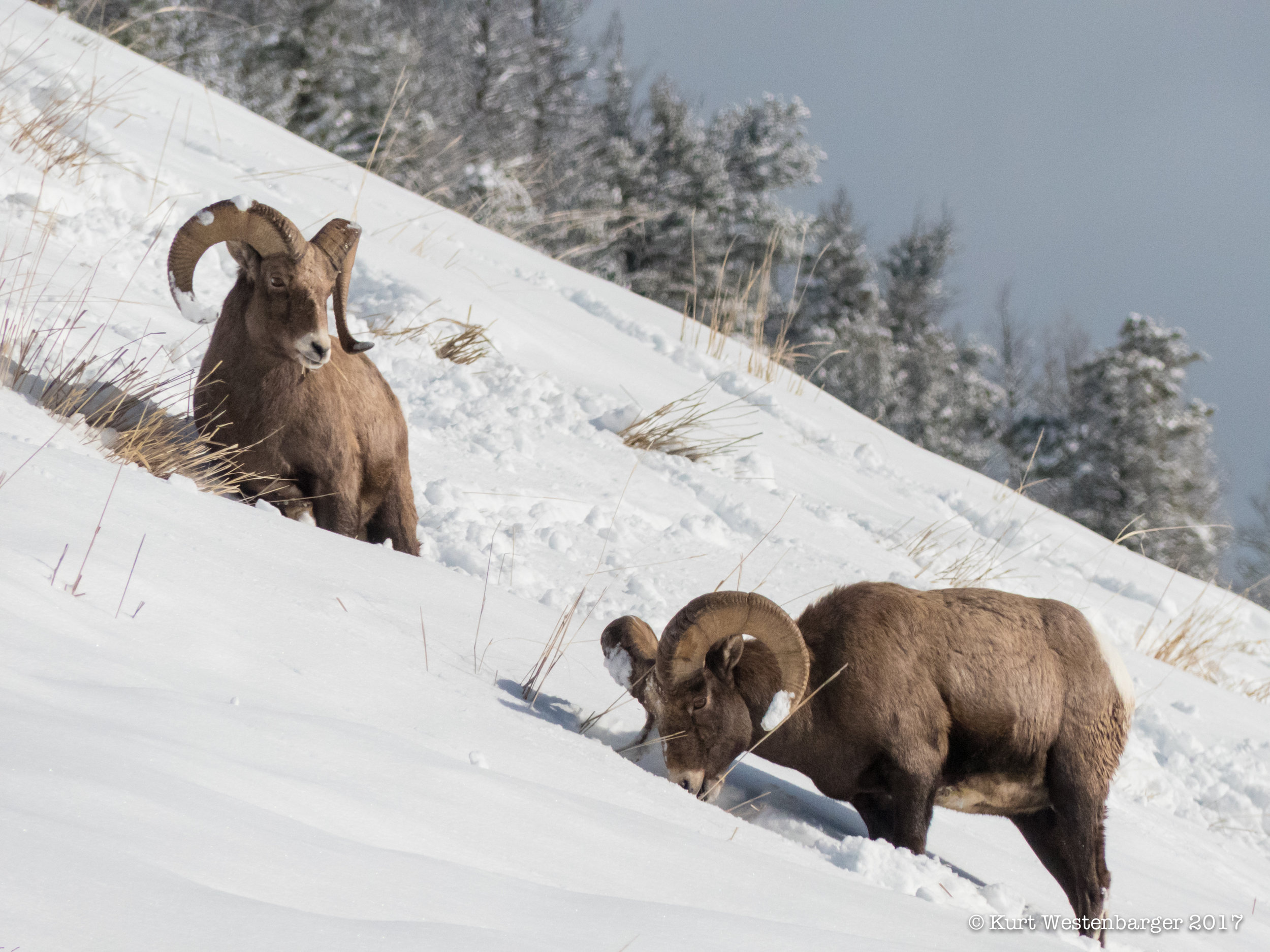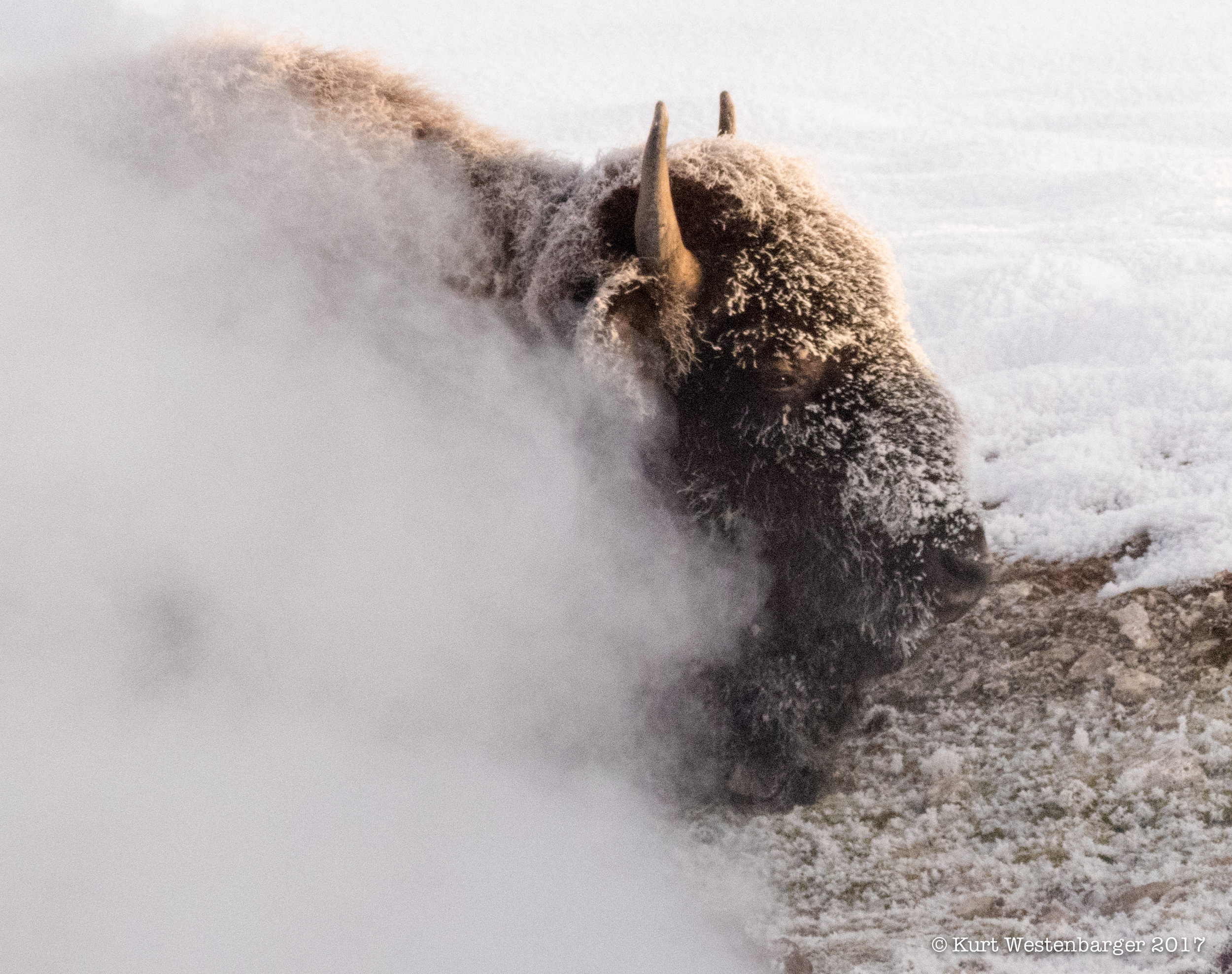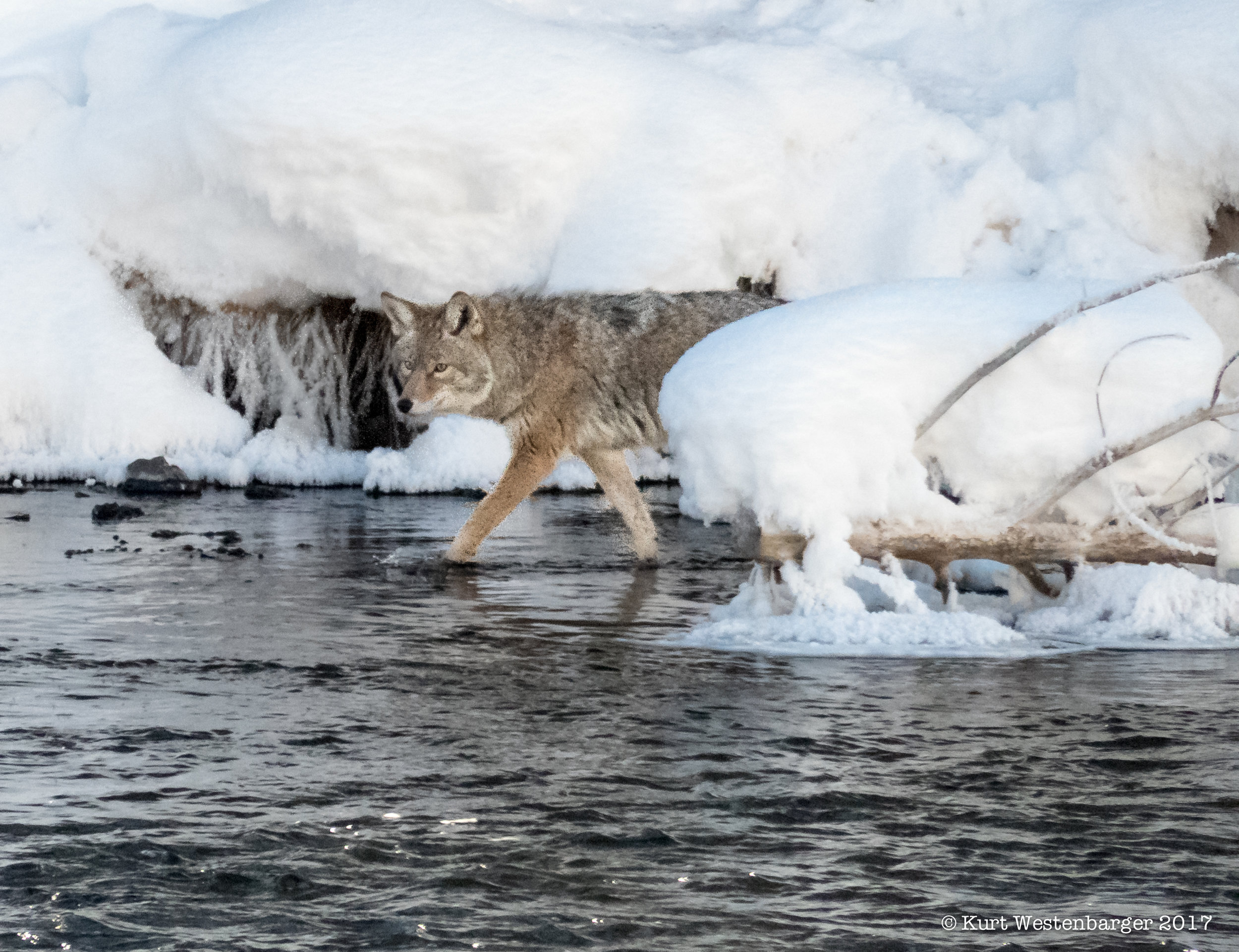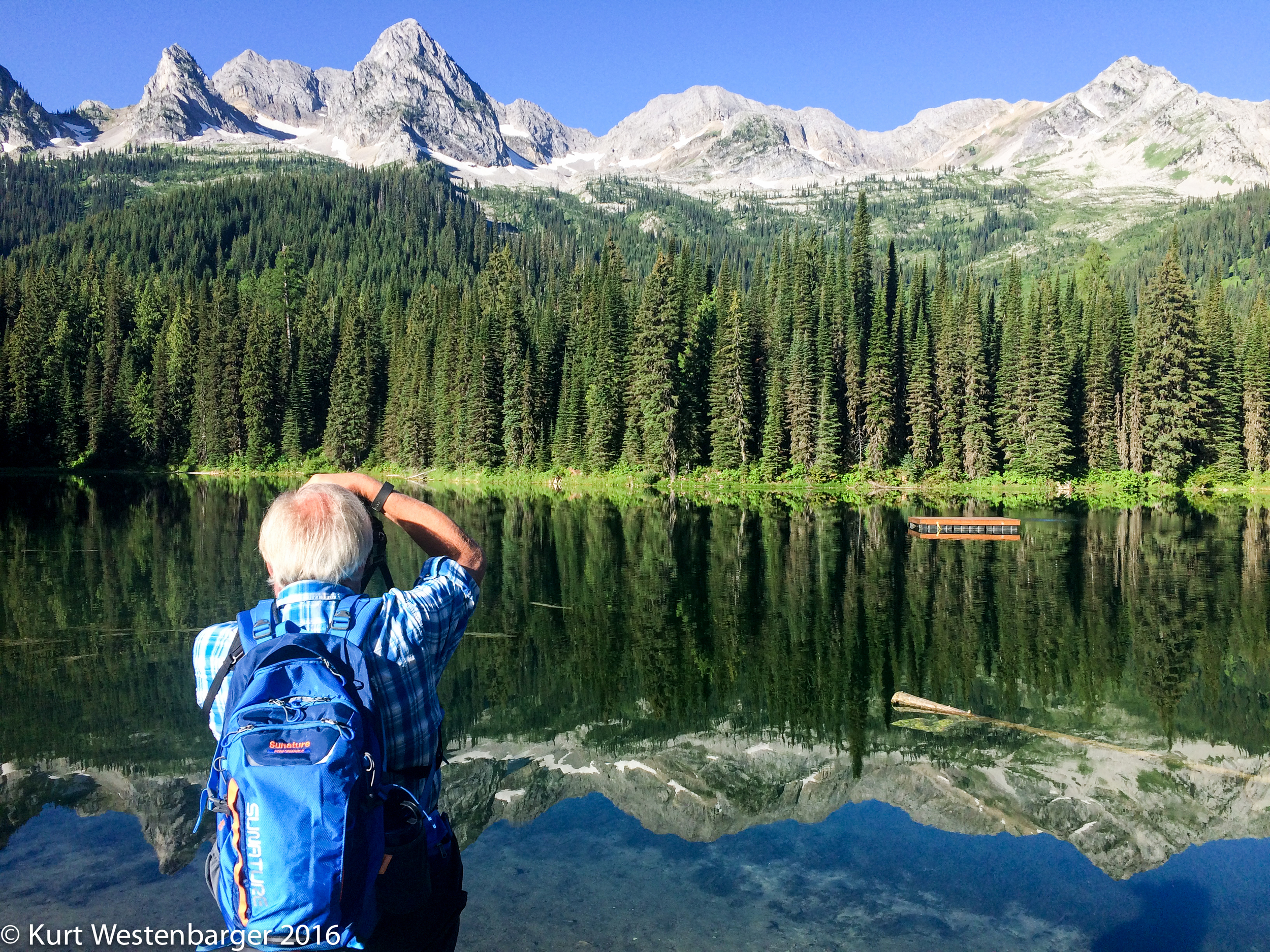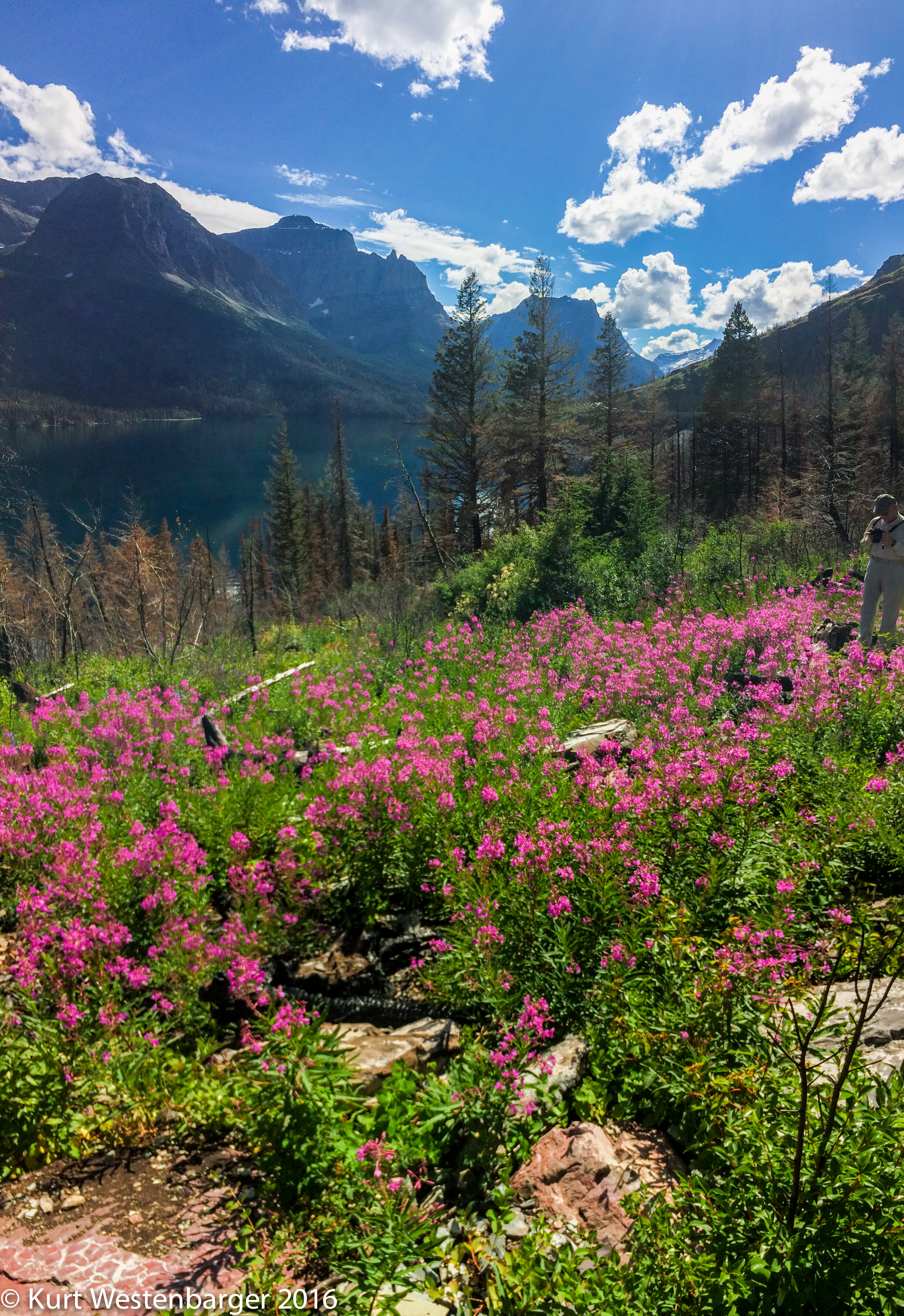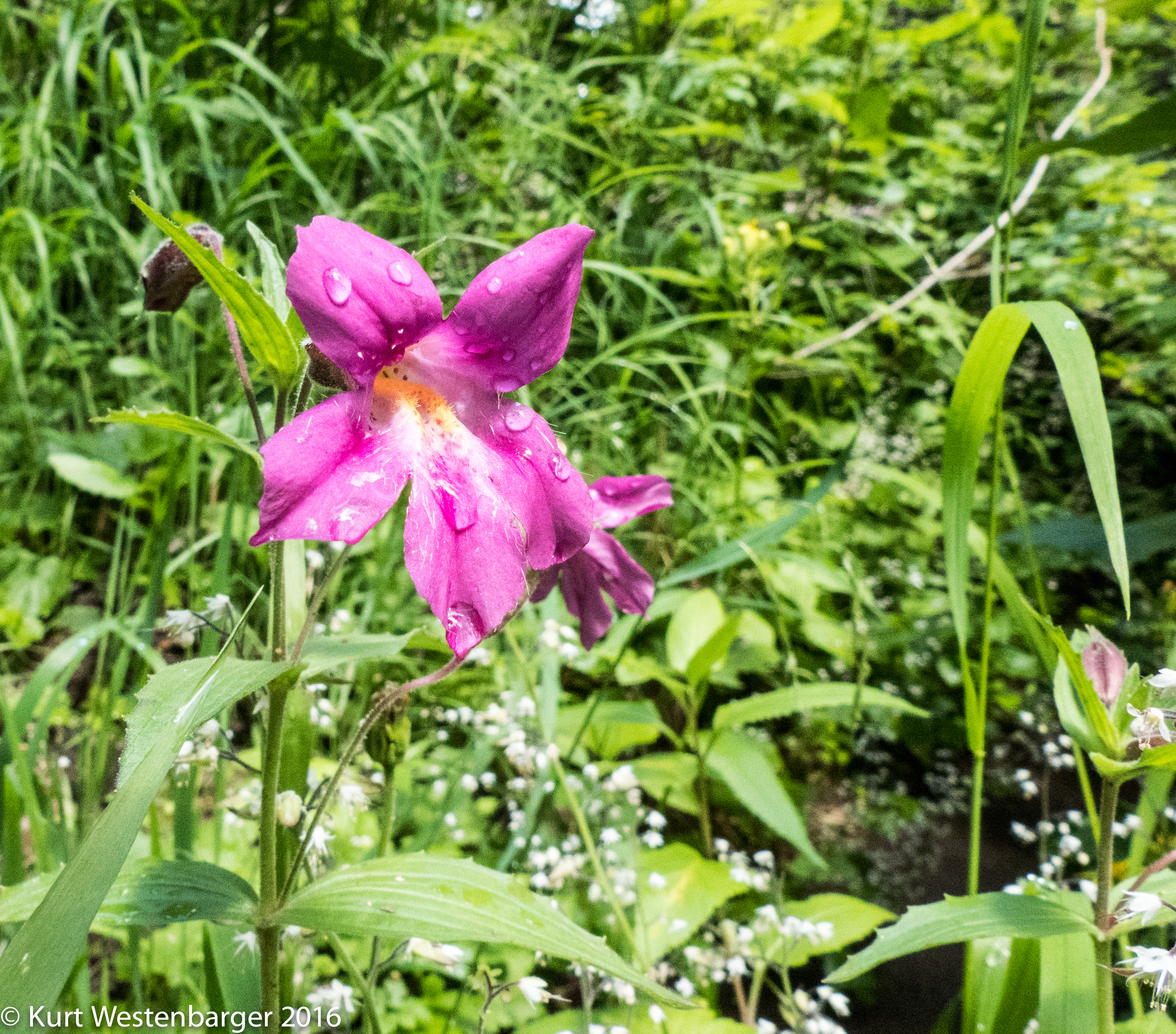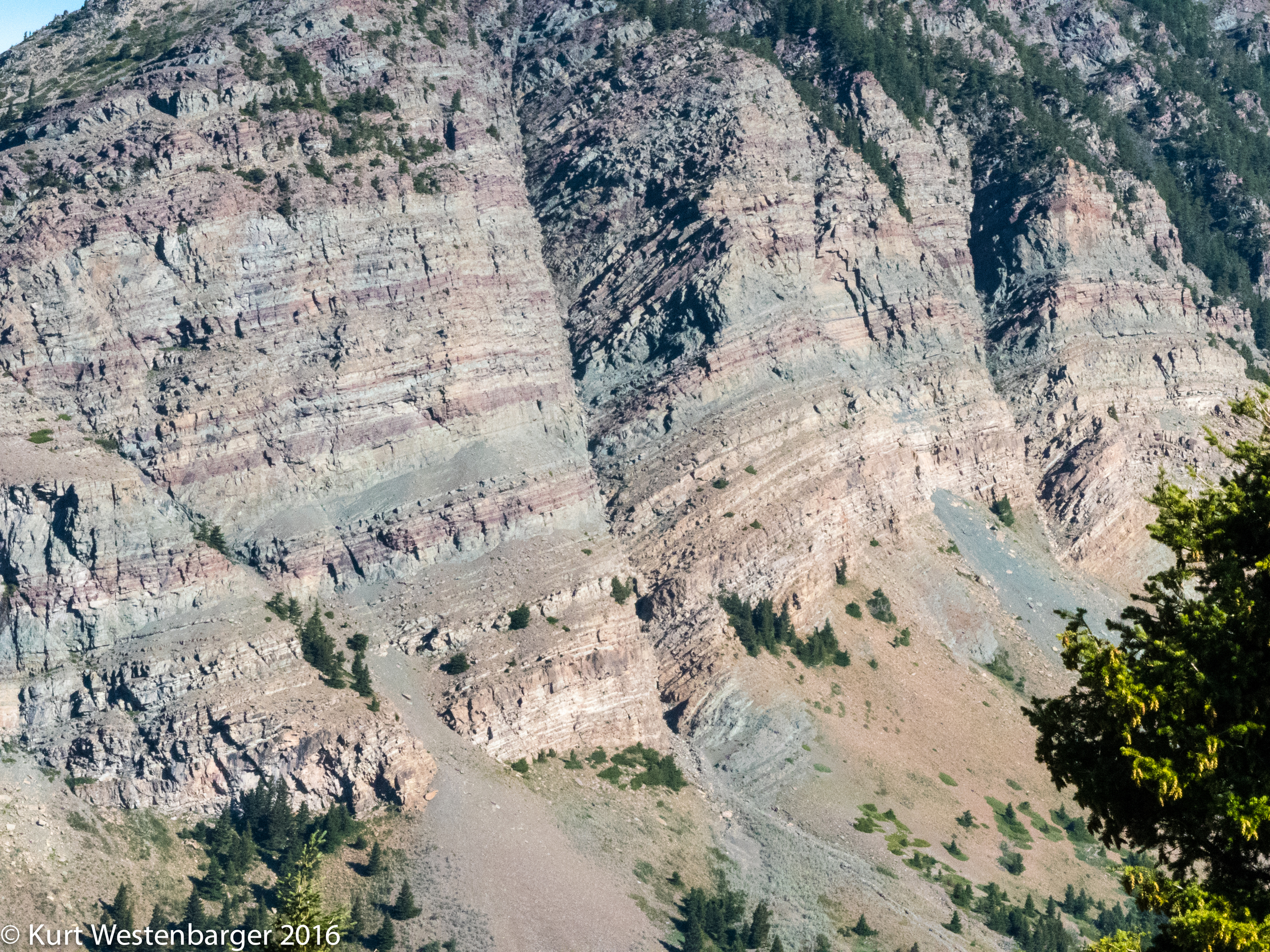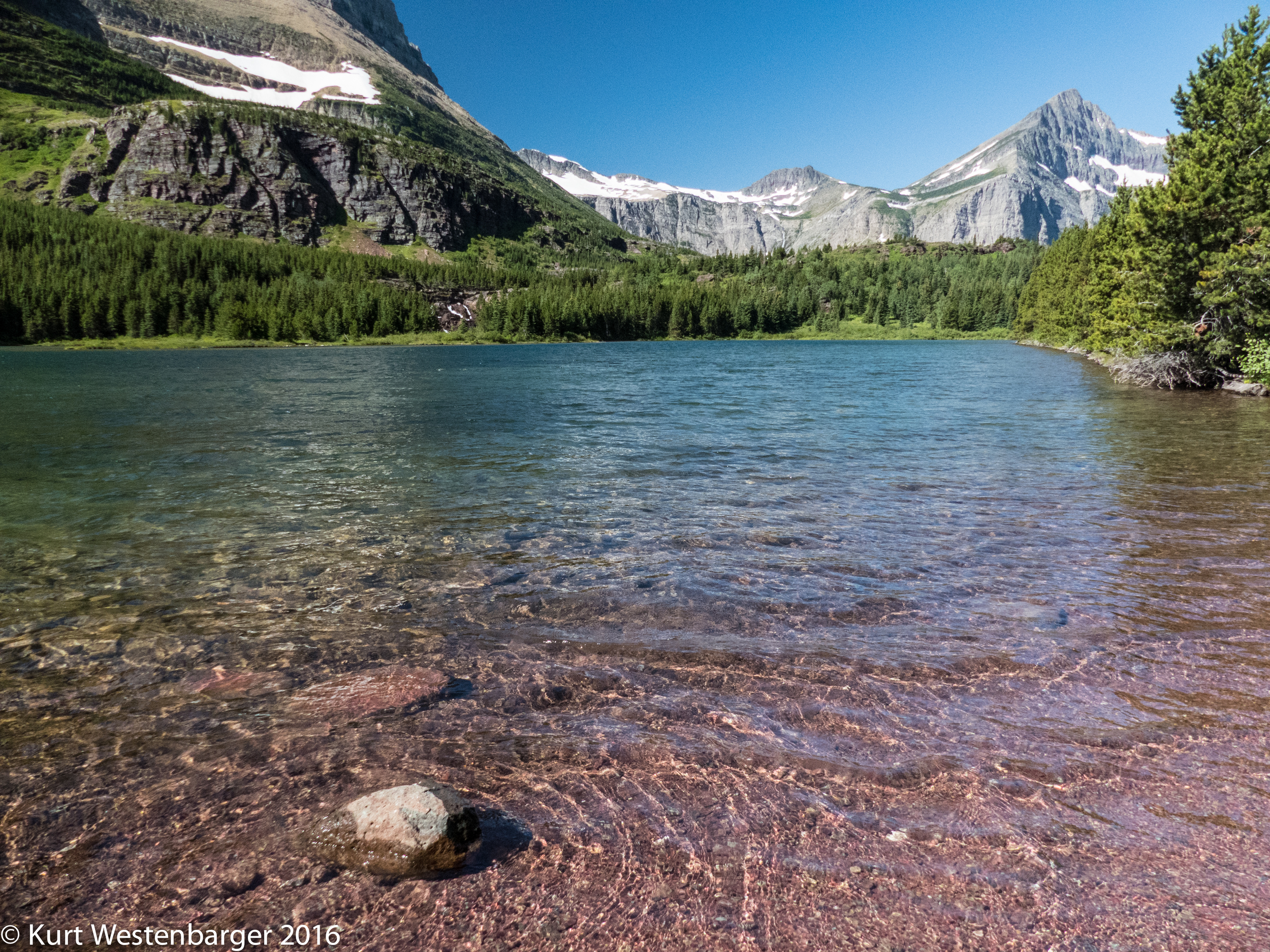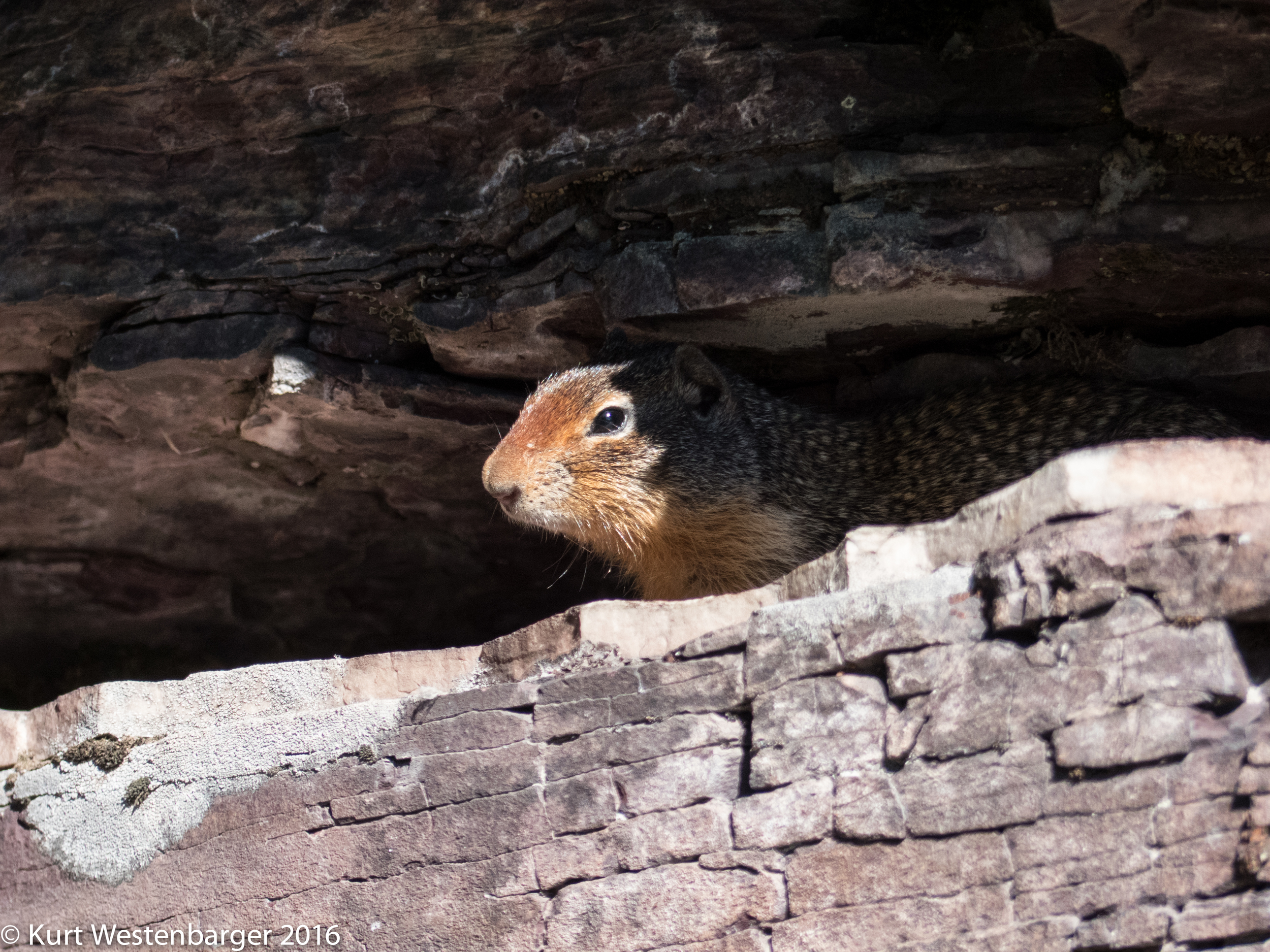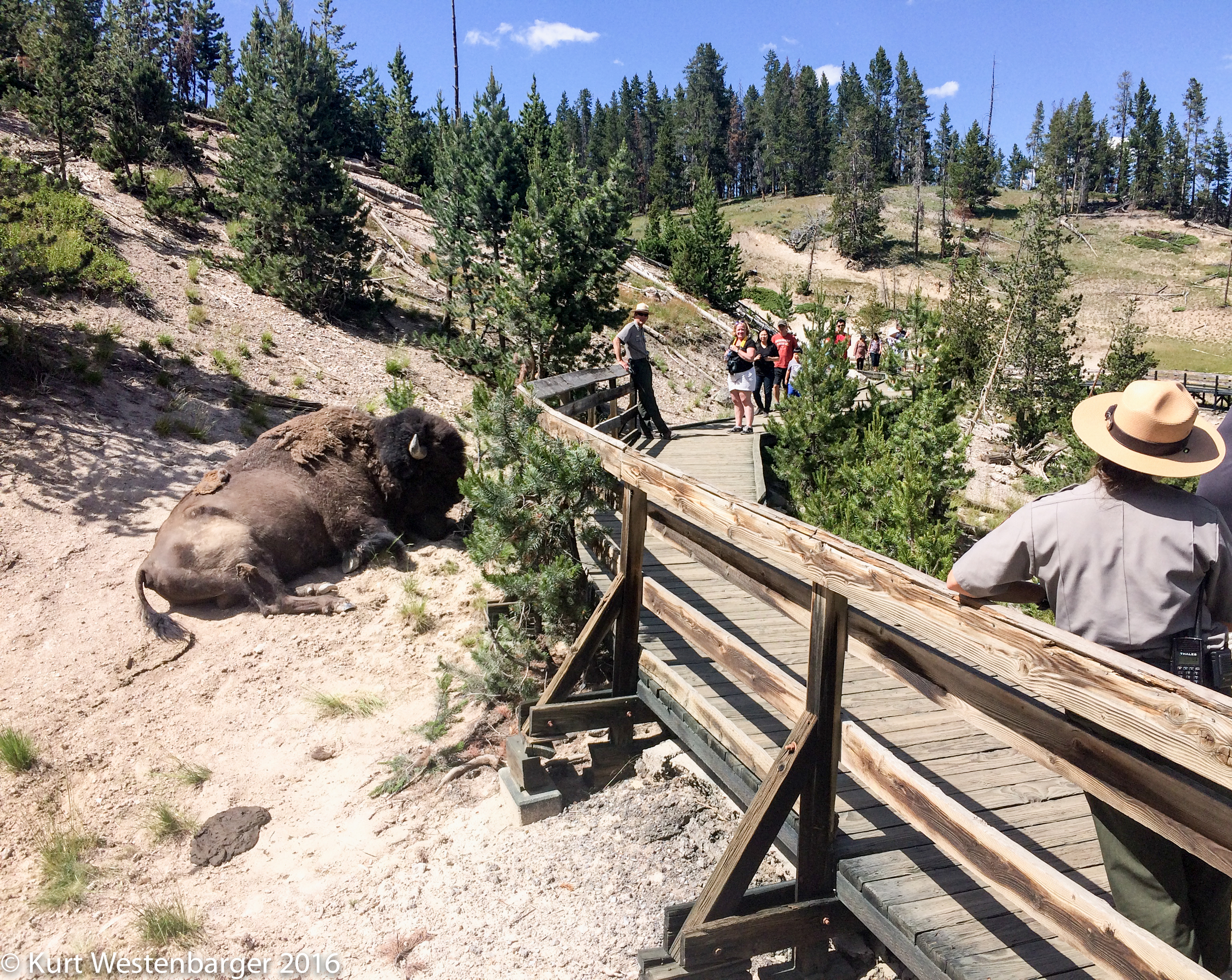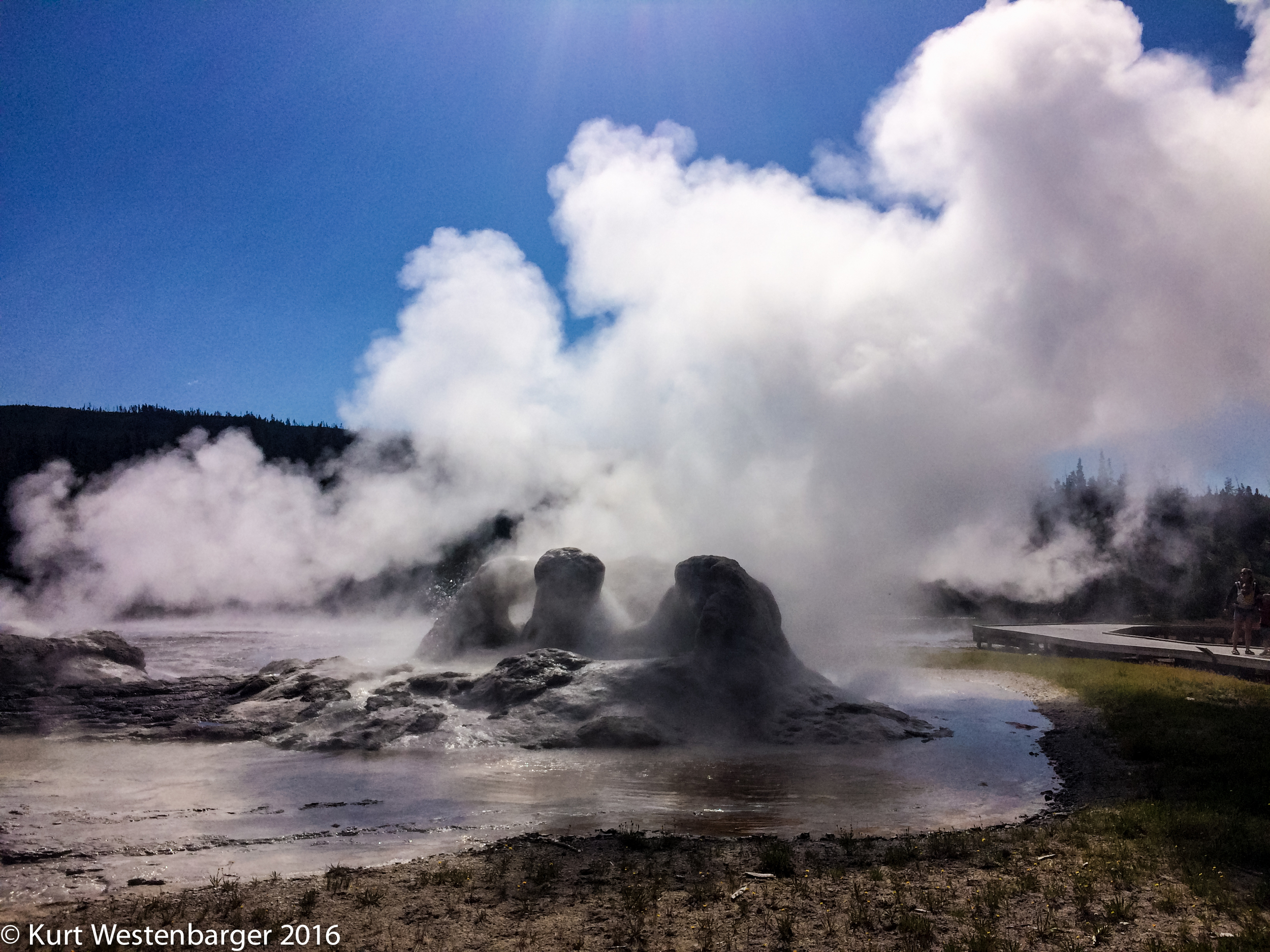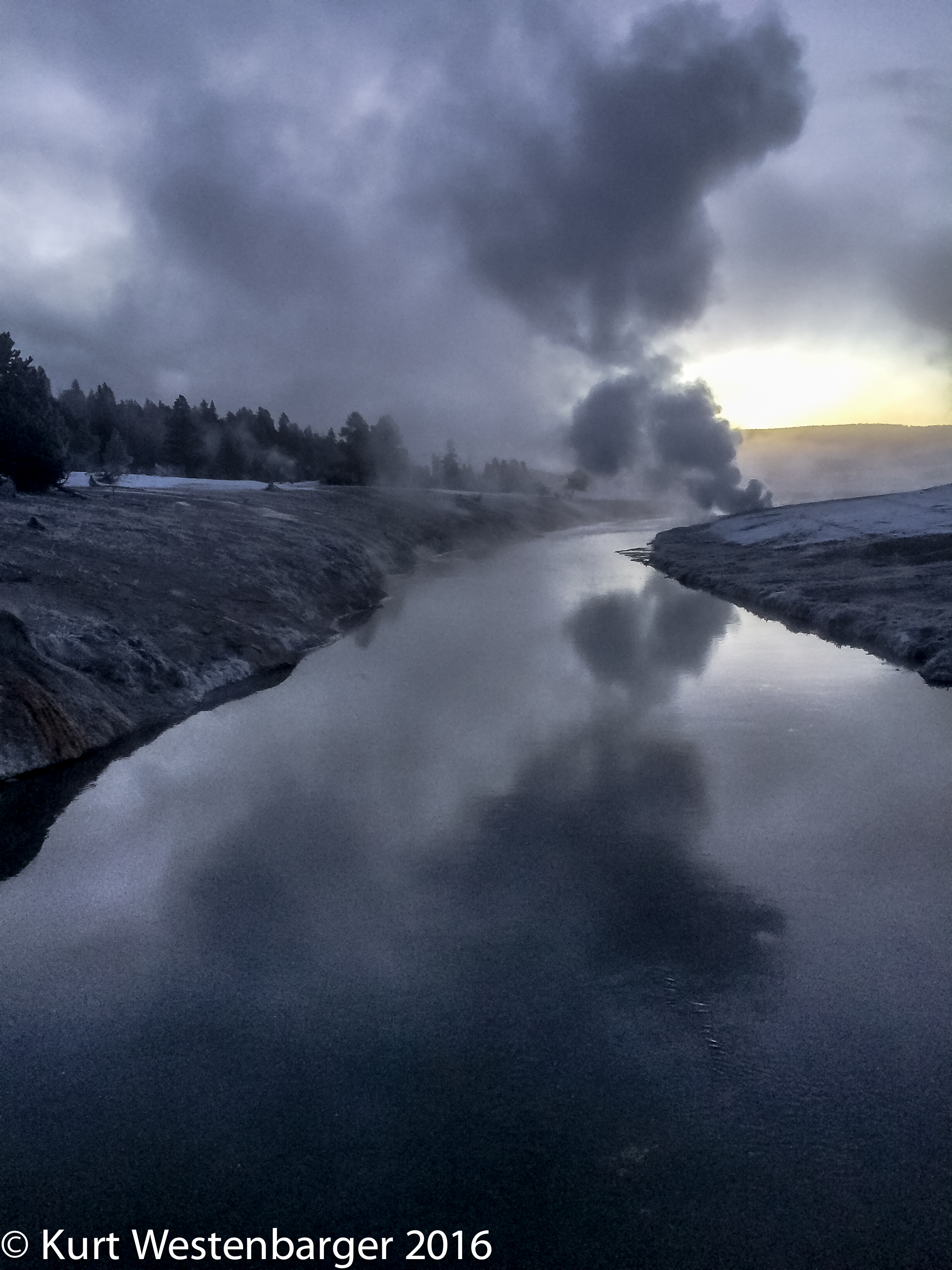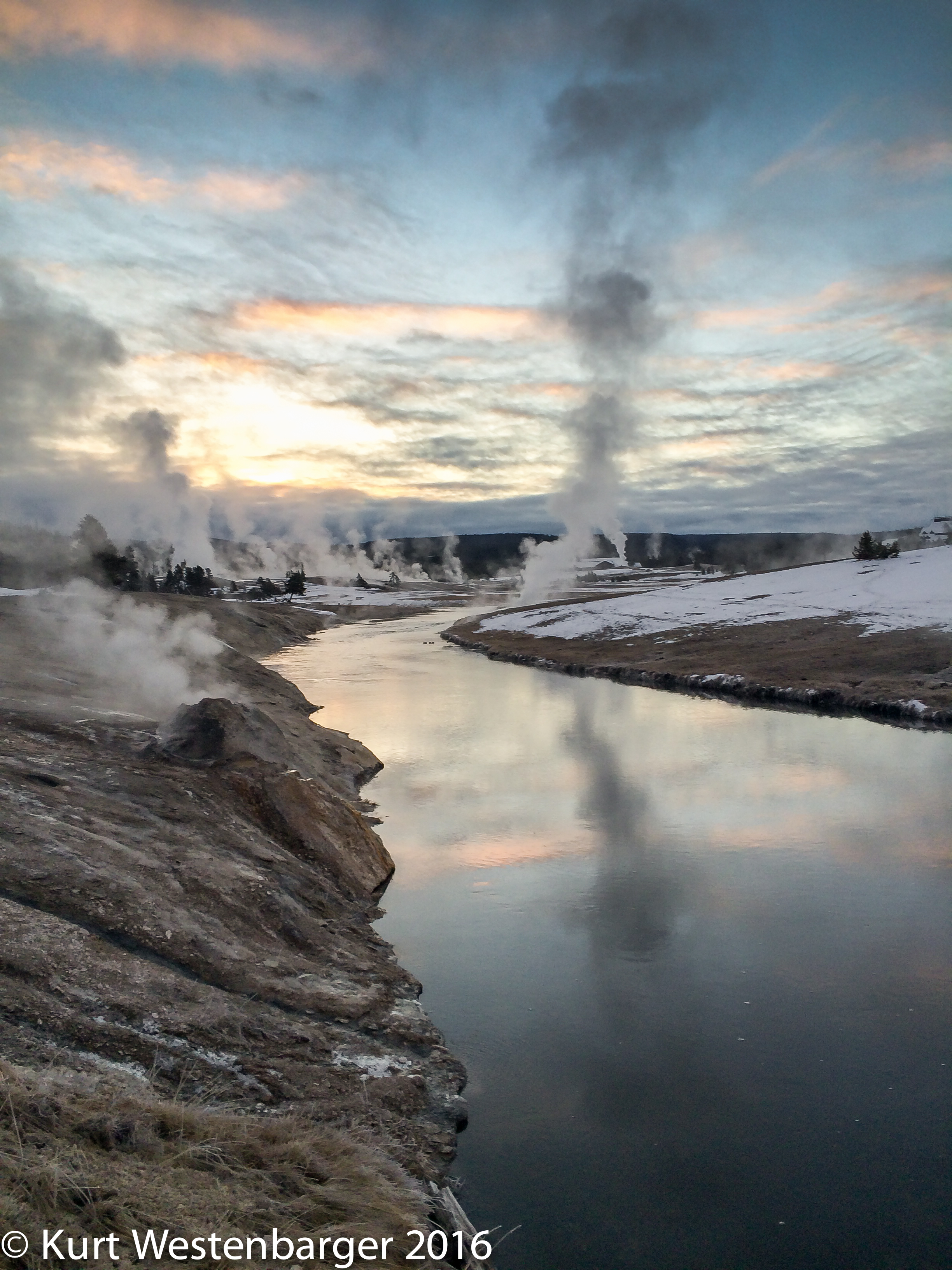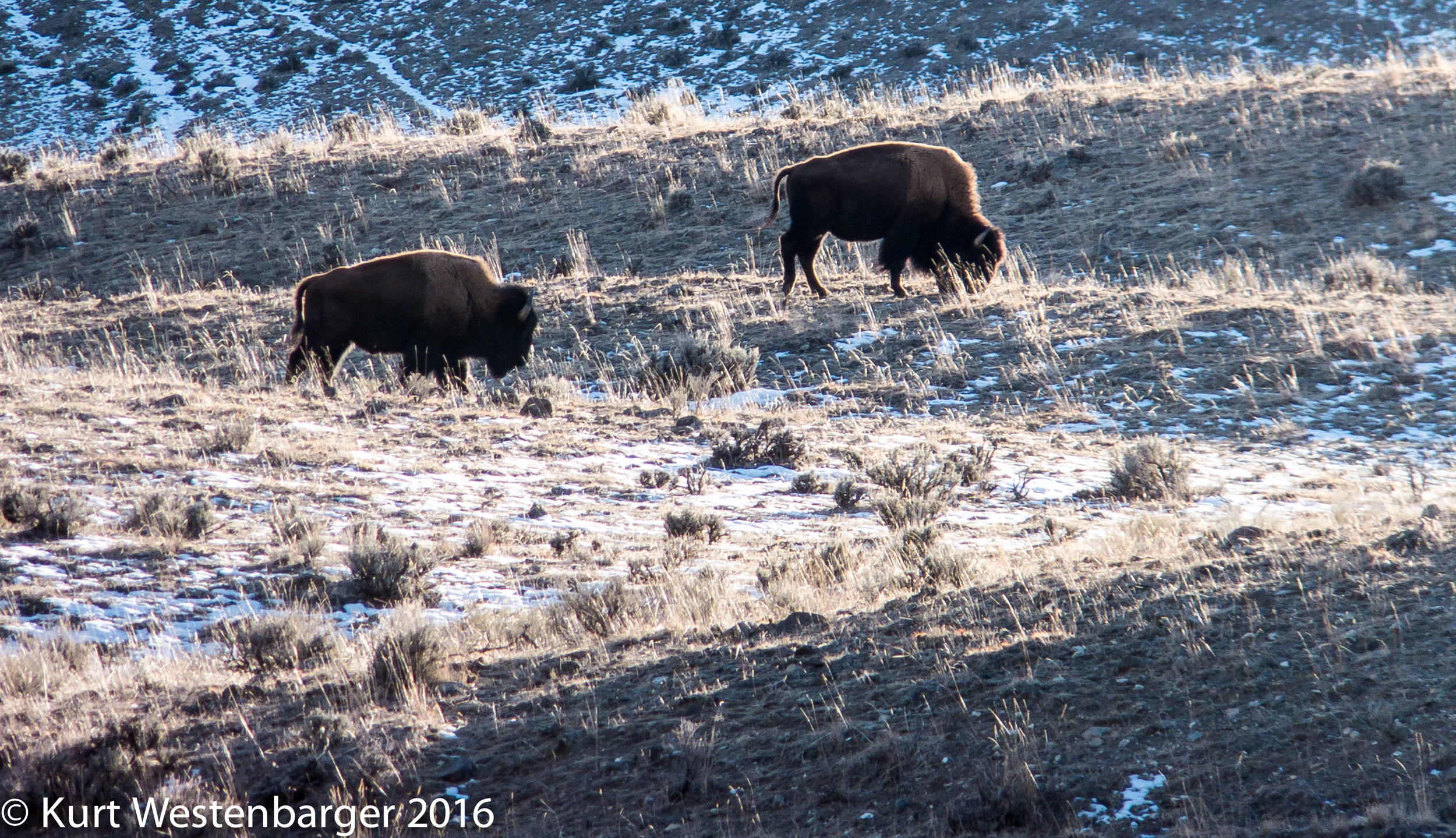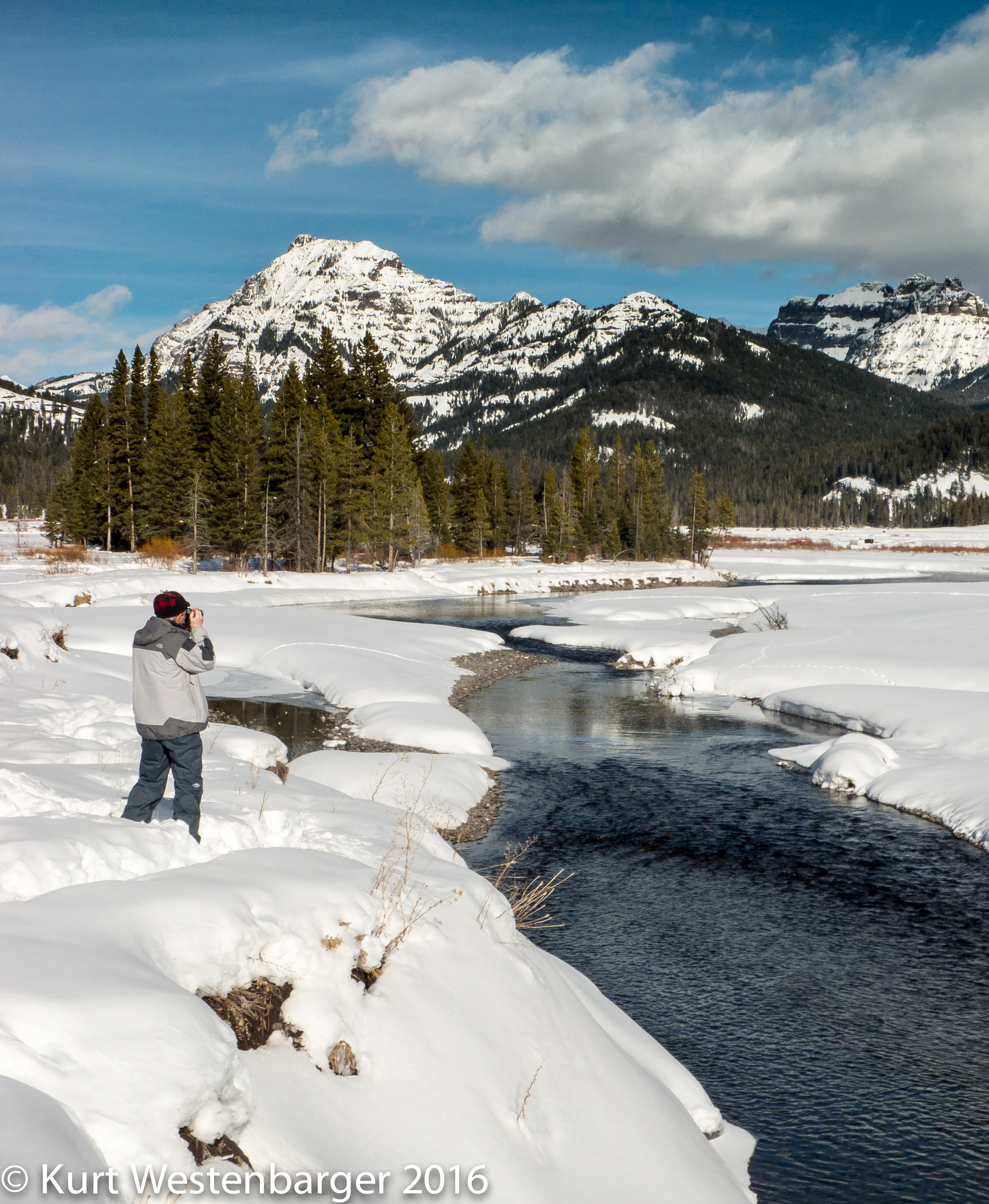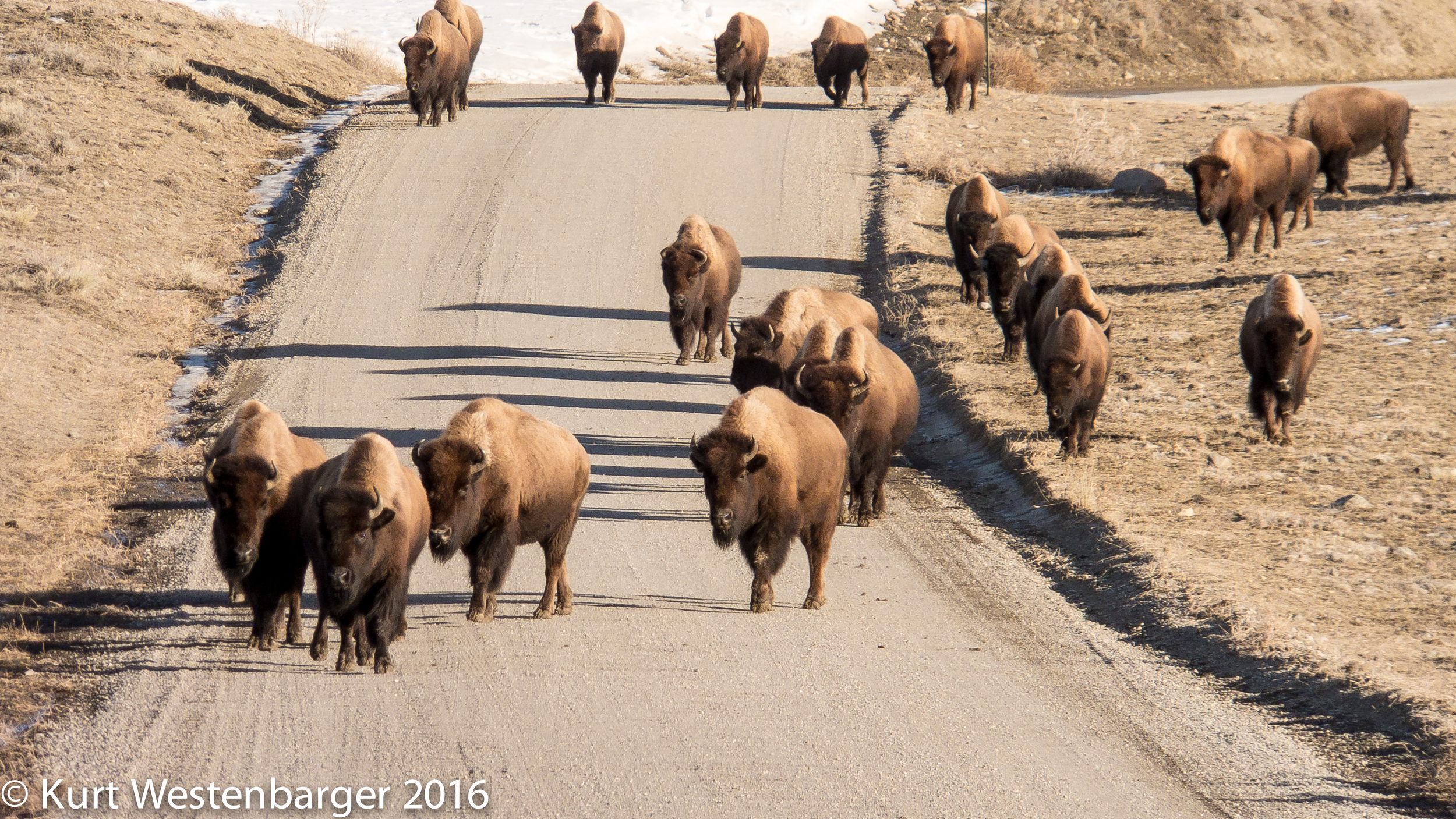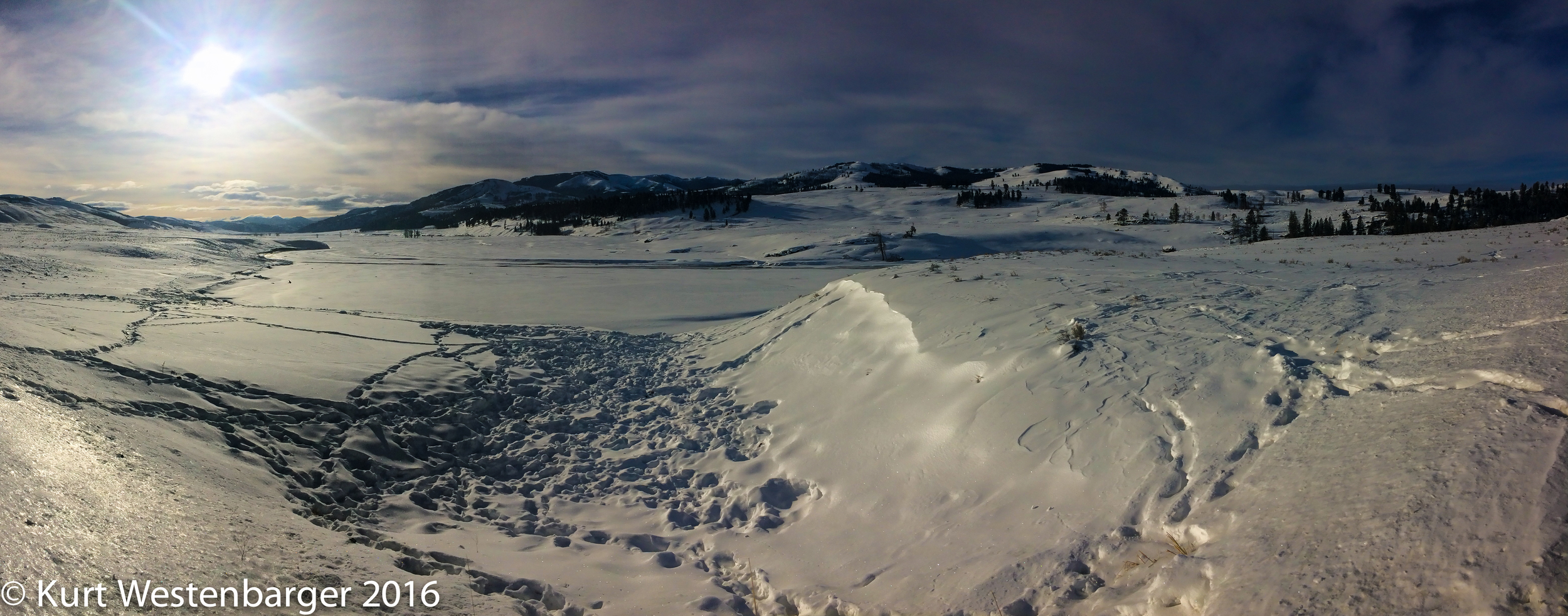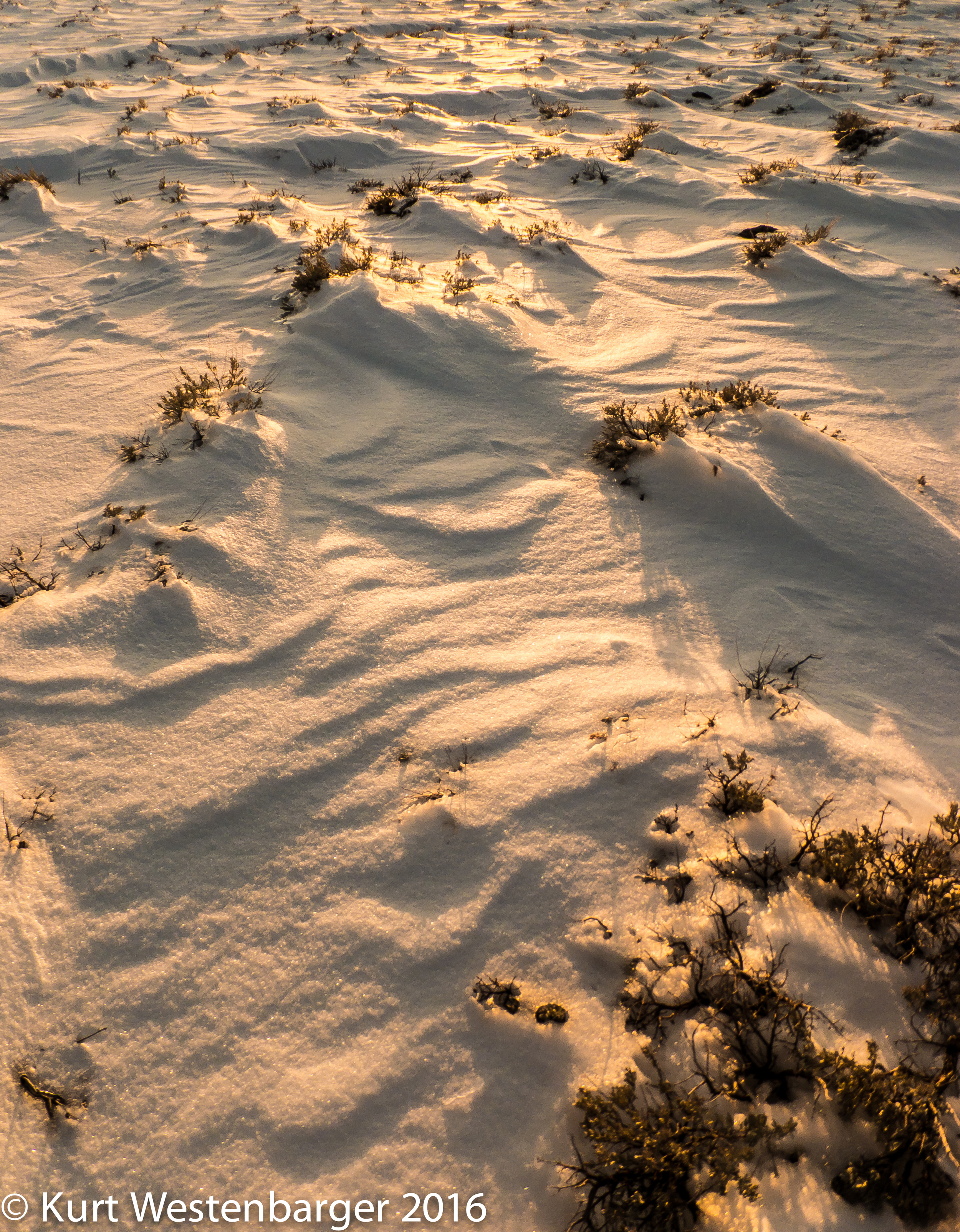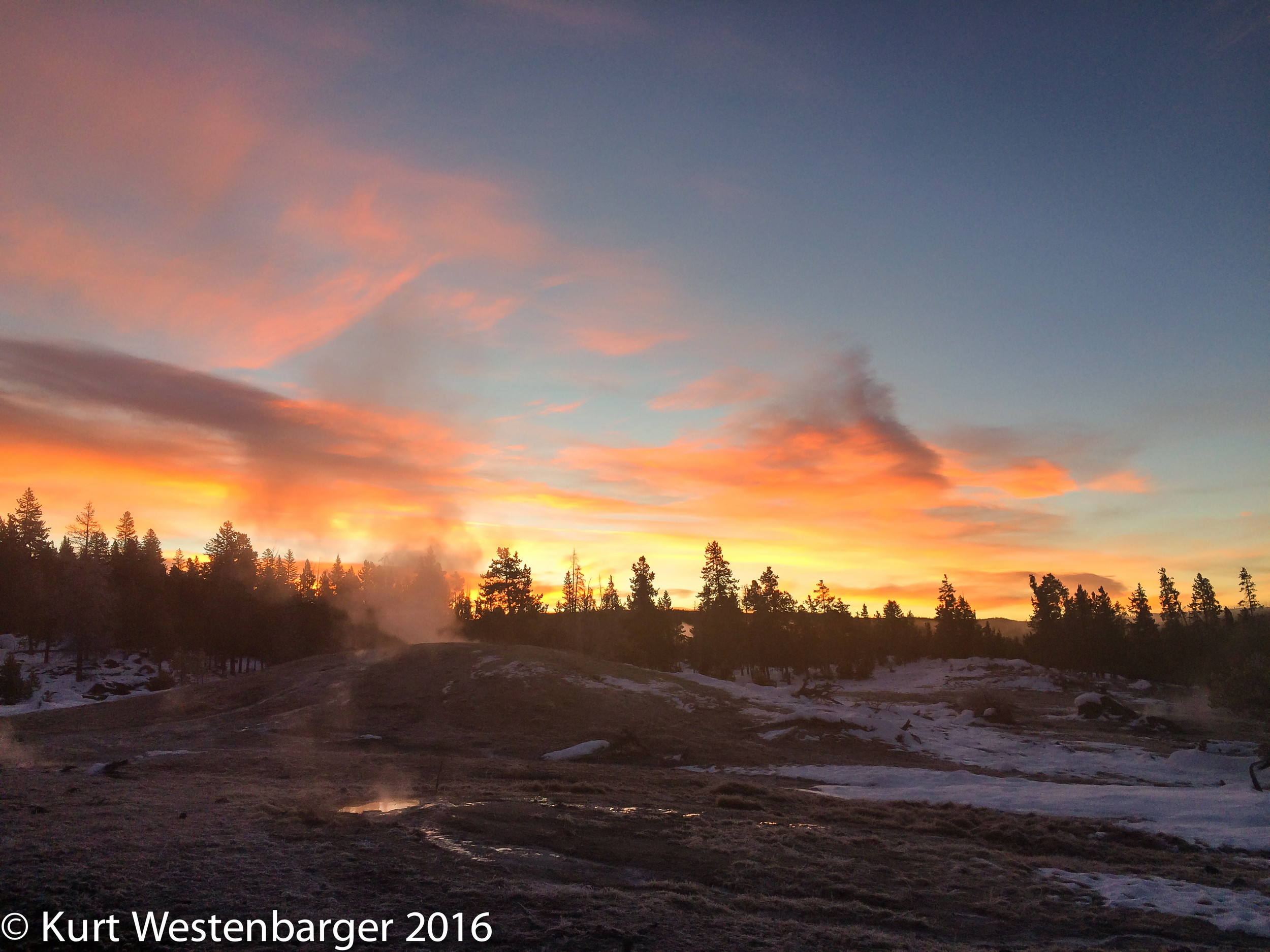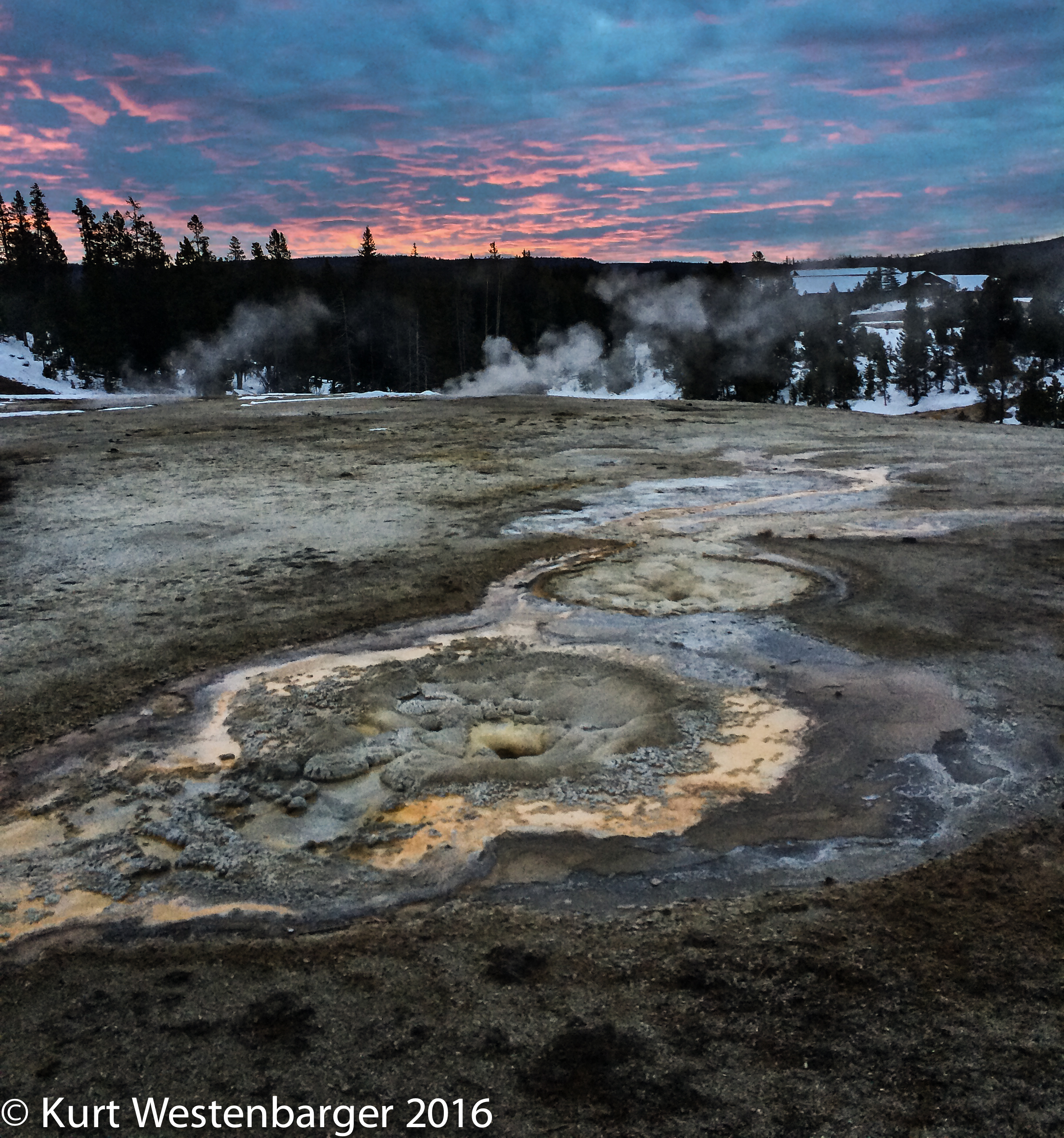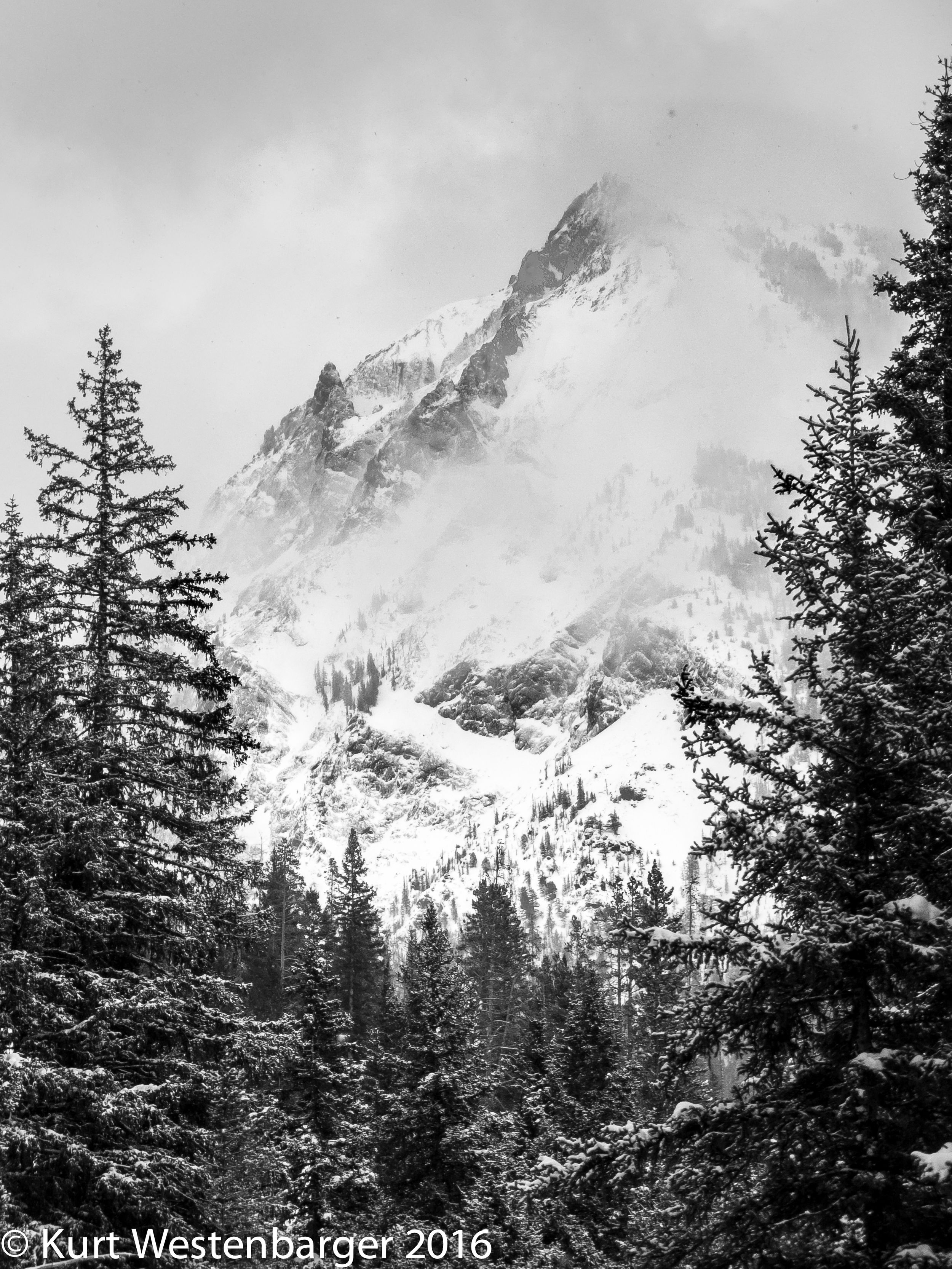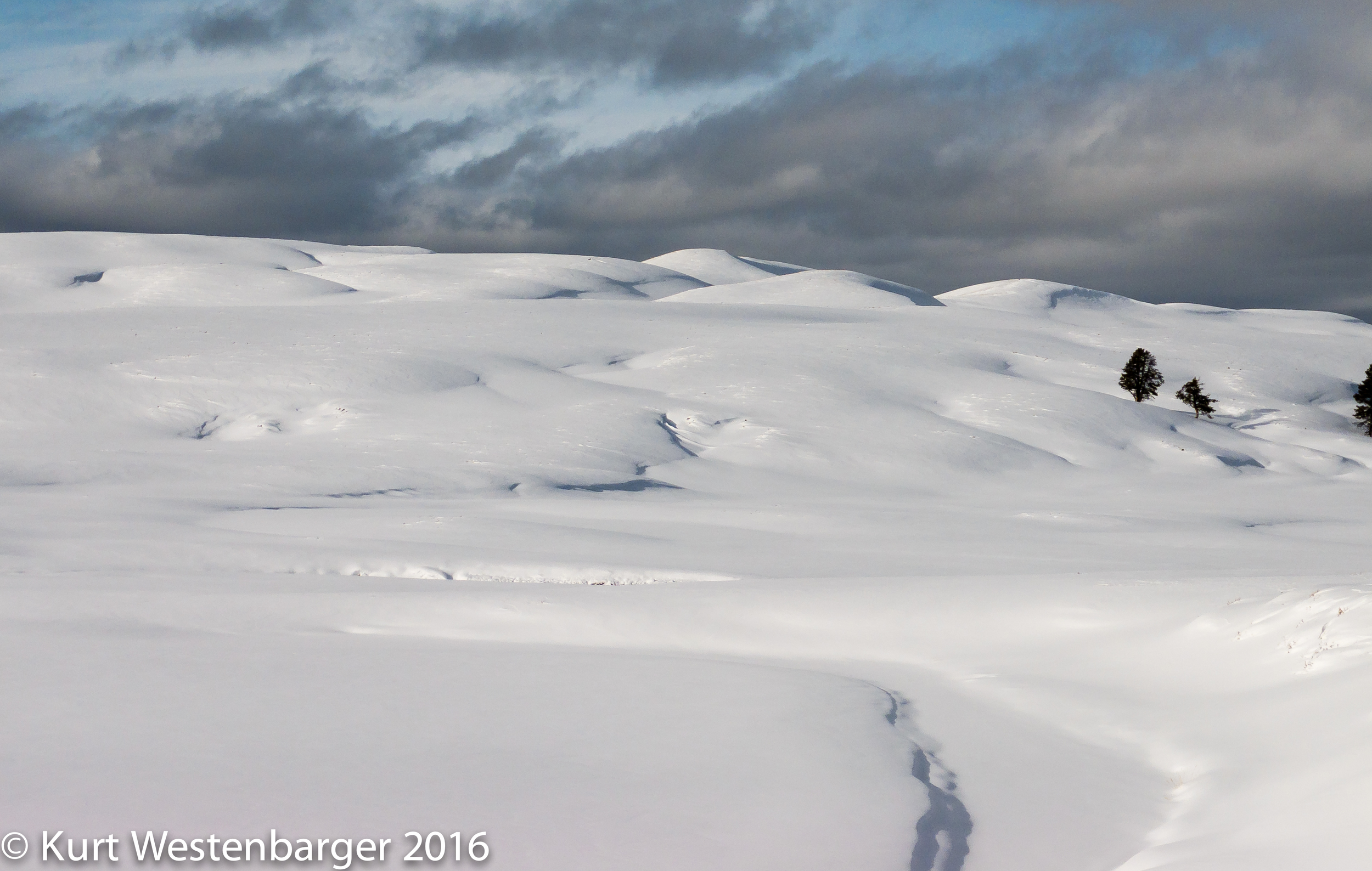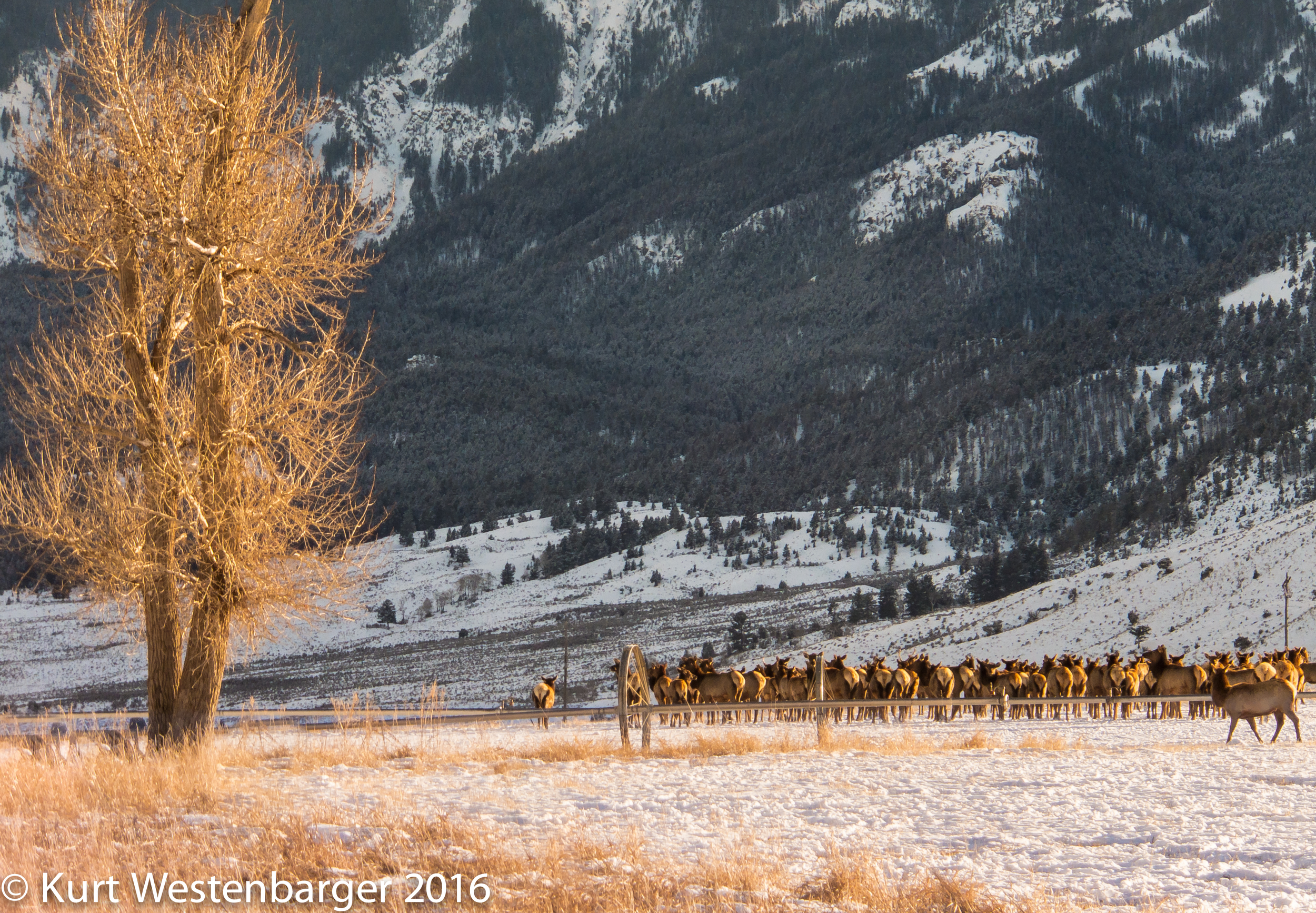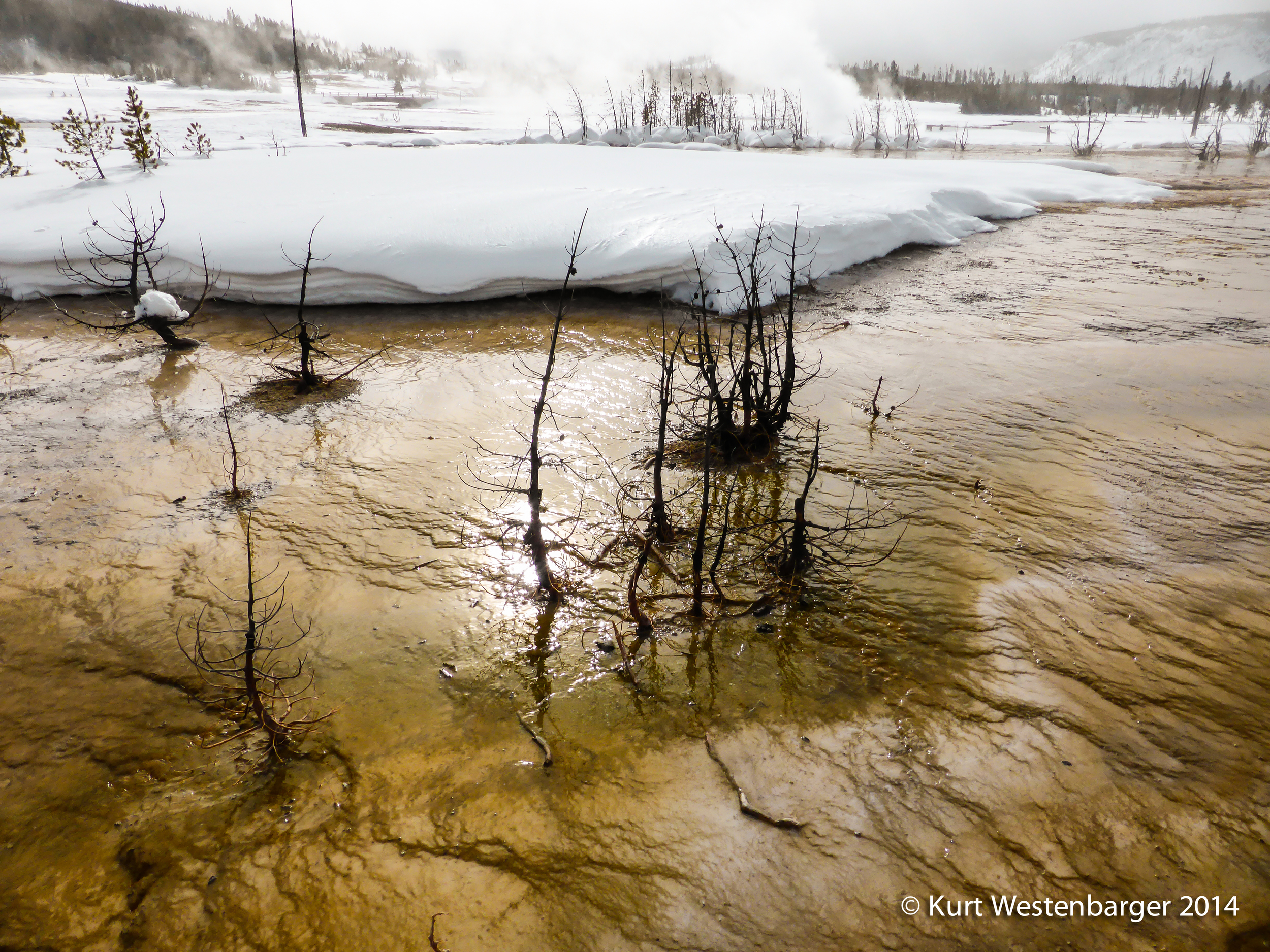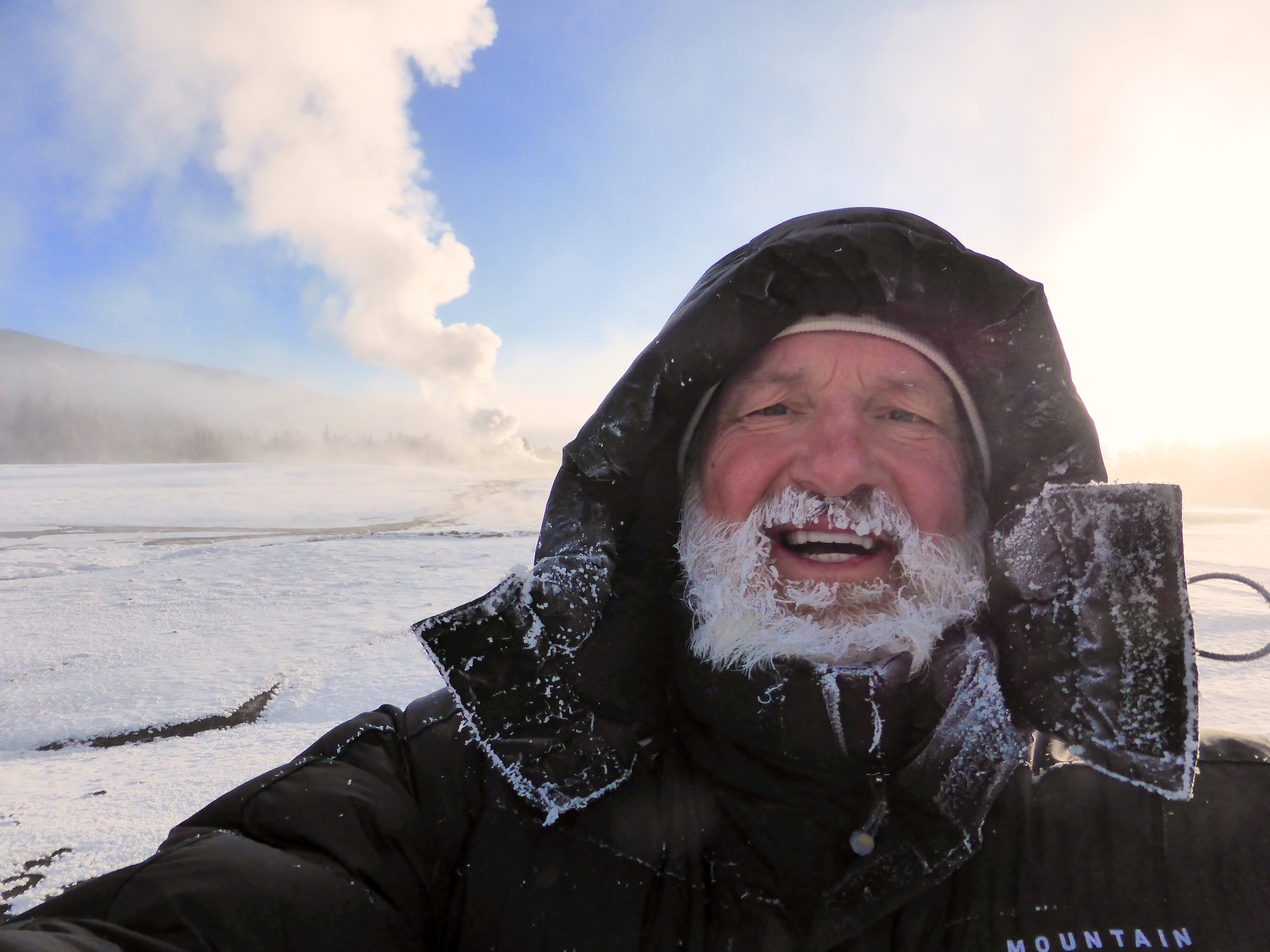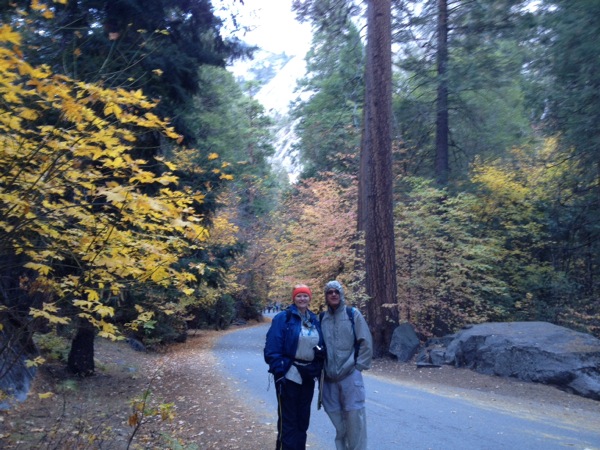Yosemite National Park is filled with icons such as Half Dome, Yosemite Falls, and giant sequoias, but, those aren’t what’s made Yosemite an annual pilgrimage for us. Sure, we like the icons. We take their pictures and post them on Facebook like everyone else, however, it’s the stories underlying those icons that we come back for. Half Dome is not just a great rock sticking out of the ground but an ancient volcanic pluton, one of thousands in Yosemite, resulting from long ago tectonic collisions that thrusted up the Sierra Nevada range, home to the highest mountains in the contiguous United States. Yosemite Falls plunges down a 2,425 foot precipice created by ginormous glaciers, the same glaciers that ripped one side from Half Dome and allows us to lean over the rail at Taft Point and look to the valley floor over three thousand feet below. The giant sequoias aren't simply big trees - they are trees that have interacted with their environment for thousands of years. Characters in their story include fire, people, climate change and even the National Park Service whose rangers around the country all wear belts and hat bands with sequoia cone images pressed into the leather. It’s these details and more that made us fall in love with Yosemite.
Eve and I are taking three trips to Yosemite this May and I have one the first week in June. Here I will mention two of them. Please check my tour calendar for the other two.
May 11 - 16 for the National Parks Conservation Association (NPCA).
May 25 - 30 for Off The Beaten Path.
These two trips have very similar itineraries and pricing so if you have the time to take either trip which should you choose? That’s a tough question and one I can only answer while speculating about the weather.
You may have heard the Sierras are threatening drought. Right now the southern mountains have only 25% of the snow they usually do for this time of year and it’s very likely they will get more before either of these tours depart. However, assuming they remain dry I would expect the waterfalls to have more water for the May 11 departure and we're likely to see more wildflowers blooming for the May 25 departure. The Tioga Road through the park via Tuolumne Meadows normally doesn’t open until around mid-May and I see no reason for that to change. Therefore the May 11 departure is likely to hike in beautiful Hetch-Hetchy valley and discuss the history of the dam that fills that valley with water today. While the May 25 departure may have the option of hiking off the Tioga road, perhaps in Tuolumne Meadows.
Of course that’s all just guesswork since only fools and new-comers predict the weather. Ultimately the best time to come is the time you have available. So please consider joining us for May in Yosemite. We have stories to tell.
To register for any of the trips mentioned in this post contact Off The Beaten Path.
Phone: 1-800-445-2995 Email: travel@offthebeatenpath.com



